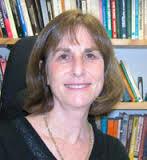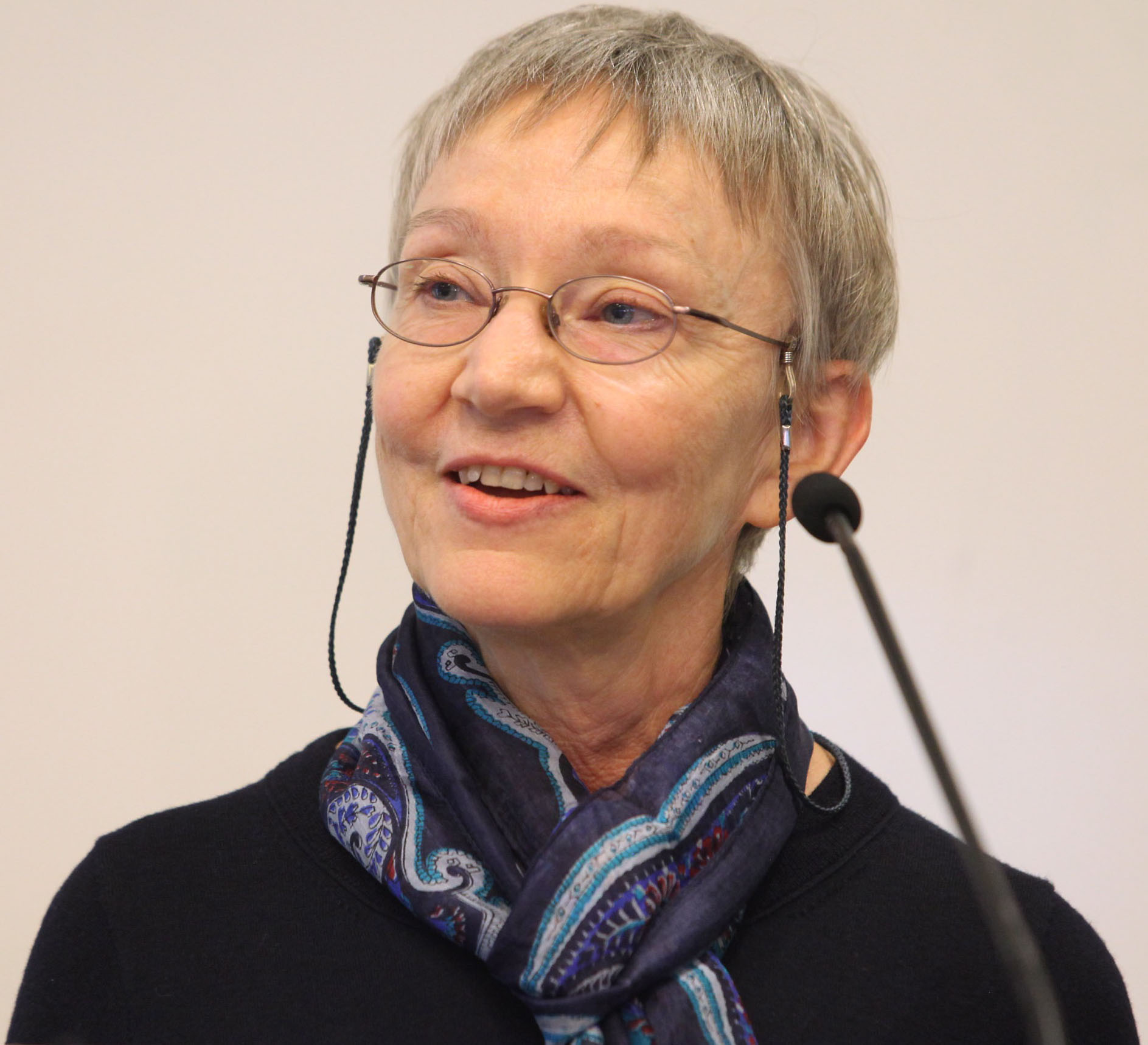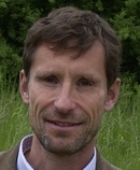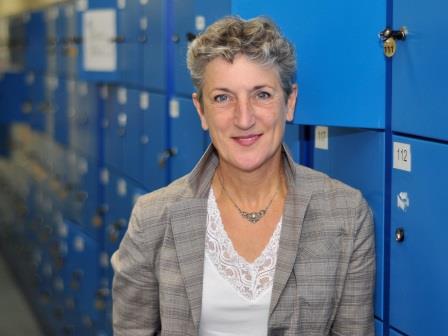Program and Abstracts
Preliminary Program
You can find the interactive preliminary program with abstracts here: https://www.conftool.net/tdl2017/sessions.php
Due to technical issues some time slots for the individual presentations might not be accurate.
A PDF version of the program with all accurate temporal details is available here
You can directly access all poster presentations by clicking the following link: https://www.conftool.net/tdl2017/index.php?page=browseSessions&form_session=26
Book of Abstracts
Please find the Book of Abstracts clicking the link below:
Plenary speakers - Abstracts
Ellen Bialystok, York University, Toronto
Bilingualism as Thinking: The Cognitive Challenges of Dual Language Use
All our experiences contribute to the way our minds and brains develop, but intense experiences have a special role in shaping our cognitive systems. As humans, no experience is more intense or pervasive than our use of language, so a lifetime of learning and using (at least) two languages has the potential to leave a profound mark on human cognition. A large body of research conducted with people at all stages in the lifespan, from infancy to old age, shows that the experience of being actively bilingual reshapes the mind and brain. The underlying reason for these extensive changes can be traced to the need for bilinguals to select between two jointly activated languages, changing the way in which language is processed and cognition is carried out. This talk will review evidence describing cognitive differences between monolinguals and bilinguals and propose an explanation for how exposure to and use of two languages leads to these cognitive and brain consequences.
Marianne Gullberg, Lund University
Discourse is heard and seen. The bimodal challenge in studies of L2 users' discourse
We all gesture when we speak, coordinating speech and gestures in sophisticated, culture-, and language-specific ways. Although communication and language behaviour is bimodal, studies of language acquisition and bilingualism still generally ignore gestures, or see them merely as compensatory devices of little theoretical interest. Yet, gestures offer new ways of looking at old theoretical questions. In this talk I will focus on discourse cohesion, a challenging area for L2 users at several levels. For example, at early stages L2 users have difficulties formally linking information about entities and events, forming chains of lexical nouns (the woman–the woman) rather than alternating nouns and pronouns (the woman–she). At later stages, the organisation of discourse may instead reflect subtle effects of crosslinguistic influence. I first briefly exemplify how native speakers deploy speech and gesture to achieve discourse cohesion, and then move on to show how bimodal analyses can shed new light on old theoretical questions concerning communicative and psycholinguistic constraints on L2 users' discourse. I discuss some of the challenges of considering bimodal language use, and outline why I nevertheless think we should do so.
Gabriele Kasper, University of Hawaii
Emotion in SLA and in Multilingual Talk
In the view of some prominent researchers, the role of affect and emotion as a research topic in SLA has recently changed in two ways. The field is said to have taken an ‘affective turn’, and the treatment of emotions as affective factors under the individual difference paradigm is seen to have run its course.
Rather than advocating a name change for TDL to Thinking, Feeling, Learning, this talk will treat emotion as a matter of Doing in social interaction. Emotion are considered as stance, sequentially generated through multisemiotic practices and interactionally consequential – in other words, as integral part of interactional competence. This perspective raises the question of Learning: how do multilingual speakers develop their displays and understandings of emotion in talk?
Hans-Jörg Schmid, LMU Munich
Towards an integration of usage-based, sociocognitive, and dynamic-systems approaches in one unified model of linguistic knowledge and learning
It is a truism that language is extremely complex. Linguistic knowledge, structure and activity are subject to the interplay of a massive number of factors, among them cognitive and affective processes and dispositions in the minds speakers (or learners), communicative goals and demands in concrete situations, as well as social characteristics of speakers and usage events.
There are different ways of responding to this complexity. One extreme is to focus on language structure in the description and teaching of languages and to neglect everything else. The danger of this approach of course is that one loses sight of the bigger picture and misses out on key variables that motivate linguistic structure and should therefore play a role in teaching, e.g. the communicative motivation behind structure. The other extreme is represented by complex-adaptive/dynamic-systems approaches which take on board whatever they can in terms of predictors of structure, knowledge and usage. Realistic as this seems to be, these approaches run the risk of being over-predictive: they end up explaining nothing because they explain everything. And they present a more or less insurmountable methodological challenge, because so many factors interact with each other that it becomes impossible to tease their effects apart.
In my talk I will present a sketch of a unified model of linguistic knowledge, learning and action which strives to strike a balance between these two extremes. The model consists of a limited number of cognitive and social processes that operate over usage activities under the influence of a number of forces. I will try to show that a solid description of the interaction between these processes, activities and forces explains the nature of linguistic structure, knowledge and learning.
Marjolijn Verspoor, University of Groningen
Thinking, Doing and Learning in L2 Development: A dynamic usage based perspective
In my talk, thinking stands for conceptualizing, doing for using language meaningfully, and learning for changing over time, all part and parcel of a complex dynamic systems perspective combined with a usage based approach. I will take a usage based view on language and second language development as a starting point and illustrate how commonly known dynamic principles such as the importance of initial conditions, iteration, emergence, variability, phase shifts, variation, coordination, self-organization and attractor states can apply to various aspects of L2 development, including thinking, doing and learning.
Downloads
- program19042017 (395 KByte)
- tdlboafinal (2 MByte)

